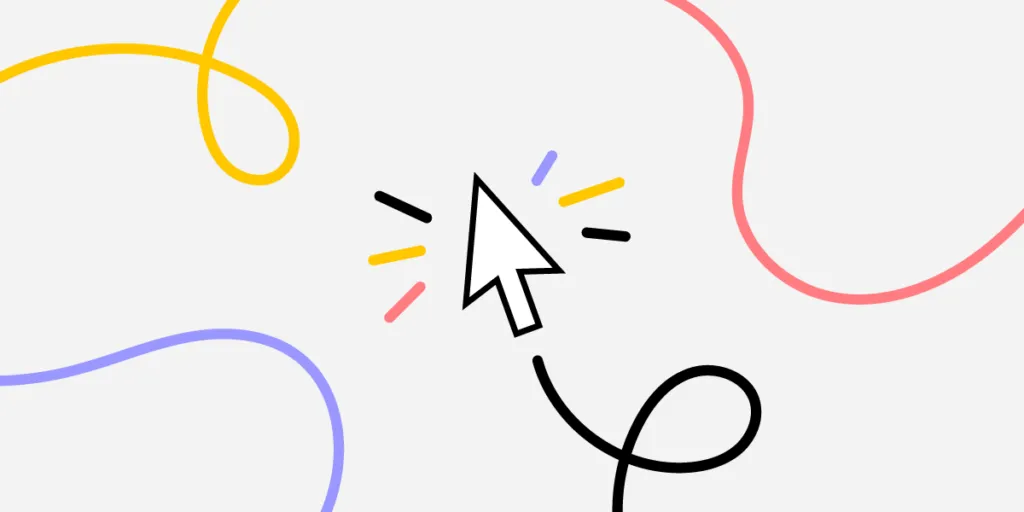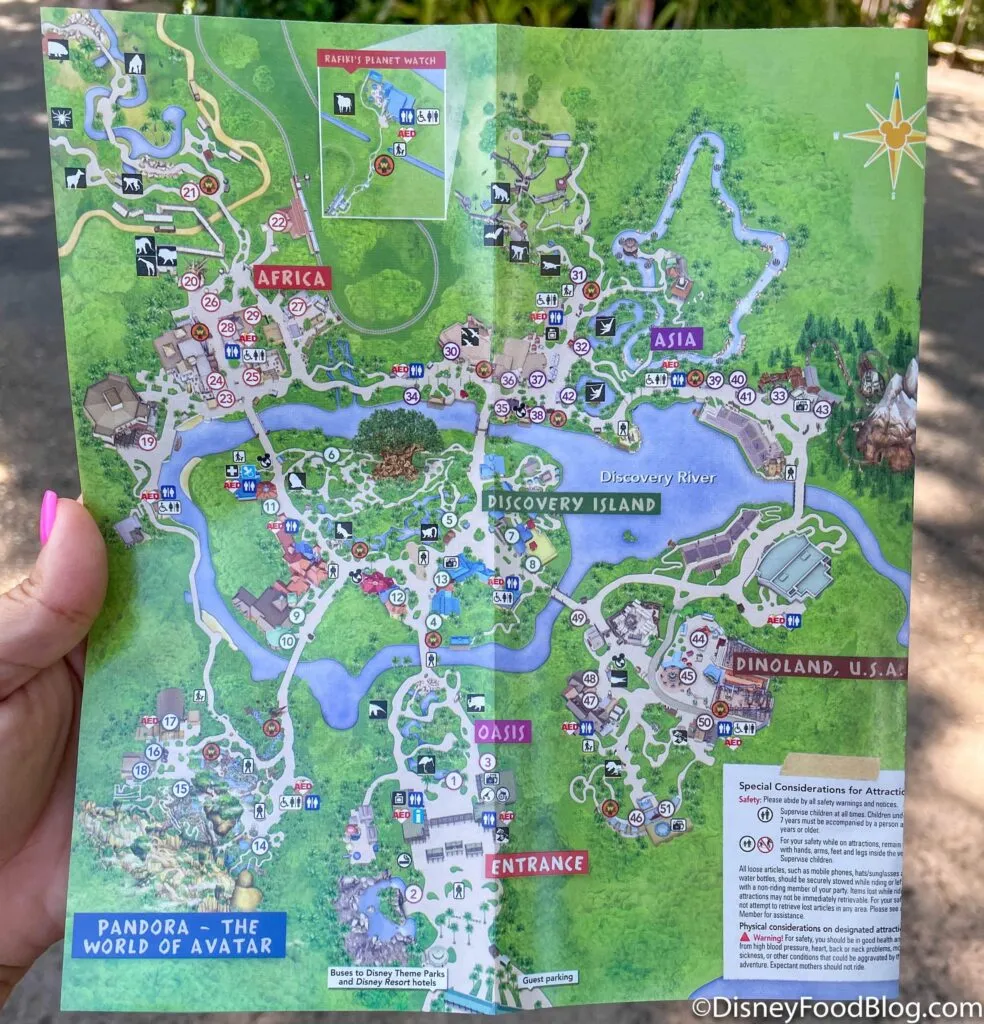Experience Design — What is it and How Does it Relate to UX?

Experience design is a fast-growing design discipline focused on creating meaningful experiences. Experience designers use an interdisciplinary approach combining design, psychology, and technology to develop user-centered digital products.
This article explores experience design fundamentals and how practitioners use human-centered design techniques to create engaging product and service experiences.
Prototype and test your experiences with final-product fidelity and functionality with UXPin. Explore UXPin’s advanced prototyping features. Sign up for a free trial.
What is Experience Design?
Experience design is a process of creating a physical or digital experience of products or services in a way that it engages the people and draws them in. It involves curating every detail across multiple touchpoints and may include what people see, hear, smell, taste–and above else–feel.
Experience Design Example: Disney World

Disney World is an excellent example of physical experience design. The Disney team designed a carefully curated experience from the time someone enters the gates until they leave.
The park’s experience design team will likely include hundreds of stakeholders and collaborators, each with different responsibilities, including architects, builders, interior decorators, landscapers, graphic designers, artists, choreographers, and actors, to name a few. Read more about Disney World’s experience design here.
Digital Experience Design
In digital product design, the experience will include physical and digital experiences and often considers how these intersect.
For example, a food delivery app will analyze how someone at work might order lunch:
- What are they doing before picking up their phone?
- What triggers them to place an order?
- What steps do they take, from picking up their phone to completing the order?
- What is their experience while using the application? How does the organization curate this experience for users? i.e., do they want them to feel happy or excited, and how must the design influence this?
- What happens when the food arrives?
- How do they open and serve their food? Do they transfer it to a plate or eat it out of the box?
- Do they eat at their desk or in the cafeteria?
- What do they do with the packaging? Do they recycle it or throw it in the trash?
Considering experiences holistically is crucial for digital product design because it helps product teams understand user behavior, triggers, motivations, and other factors beyond the digital realm, which ultimately impact how and why someone uses a product.
Why is Experience Design Important?
Experience design is crucial for any industry because it influences how people feel when they use a product or service. It also impacts brand perception and the overall customer experience.

Giving people a good experience improves satisfaction and loyalty while differentiating a brand from its competitors. To design this experience successfully, the design team must understand user needs, preferences, expectations, motivations, and other critical factors. Get this experience wrong, and you’ll drive people away rather than attract them.
Experience Design vs User Experience Design
Experience design and user experience design are closely related disciplines with a lot of overlap, but there are subtle differences.
While user experience design refers to the end-user’s experience with a digital product, experience design goes beyond the product. It touches all the senses and it refers to the full customer journey, like experiencing customer service, sales, marketing, onboarding, and offboarding.
User experience design
User experience design refers specifically to the interactivity and usability of a digital product. UX designers aim to create an intuitive, enjoyable user experience, enabling users to complete tasks and actions effortlessly.
Experience design
Experience design refers to any experience (physical and digital) and considers a holistic customer journey, including sensory and emotional elements. Where UX designers are typically responsible for user experience design, the responsibility of experience design will depend on the product, service, or industry.
For digital products, a typical experience design team will include a cross-functional unit which may consist of team members from:
- UX design
- Product
- Graphic design
- Branding
- Marketing
- Engineering
- Customer service
Experience Design Process
The experience design process uses identical design frameworks to UX using design thinking and a human-centered design approach.

Service and Interaction Designer Marion Baylé describes how the creative institution, Hyper Island, uses the Double Diamond model to educate students on designing experiences through four phases:
- Discover
- Define
- Develop
- Delivery
Discover
The discovery phase involves researching your target audience’s needs, motivations, behaviors, and challenges. Marion argues that interviews are the best experience design research method and reiterates this in her article with an Ideo quote:
“There is no better way to understand the hopes, desires, and aspirations of those you are designing for than by talking to them directly.”
Researchers must speak to the right target audience and interview a diverse subset within the user group(s).
Other experience user research methods include:
- Desk research: Qualitative and quantitative research on the organization, market, competitors, experts, published papers, etc.
- Surveys: enable researchers to gather lots of data quickly. Marion emphasizes the importance of asking the right questions to get meaningful feedback.
Define
Next, researchers synthesize the discovery data to define problems and identify opportunities. Experience designers use tools familiar with UX, including:
- User persona: a fictional representation of a target audience representing their demographics, needs, desires, problems, etc.
- Experience map: visualizes the persona’s “journey within a given domain by focusing on the broader context of human activity.”–a more complex and holistic version of a typical customer journey map.
- Design synthesis: a collaborative “sensemaking process” where researchers summarize and synthesize data to reach a consensus.
Develop
Develop is an ideation process where experience designers use various methods to push creative thinking and develop many ideas quickly. Some examples include:
- Crazy 8s: a sketching exercise where designers must create eight ideas in eight minutes.
- How might we (HMW): a problem-solving Q&A exercise.
- Worst possible idea: an out-of-the-box creative thinking process to generate innovative ideas.
- Impact/effort matrix: a technique for ranking and selecting the best ideas.
The aim is to have a handful of ideas to prototype and test.
Deliver
The final phase is an iterative prototyping and testing process. Experience designers start with low-fidelity prototypes to narrow ideas to the best solution. The higher the fidelity, the more time and resources are required to create them. So, design teams must eliminate poor-performing ideas during low-fidelity prototyping.
Some of the prototyping techniques used during the deliver phase include:
- Paper prototyping (low-fidelity): hand-sketched wireframes of user interfaces that enable designers to test various ideas and user flows quickly.
- Wireframing (low-fidelity): once designers have completed paper prototyping, they recreate the paper mockups in a design tool and connect navigational elements to build user flows.
- Interactive prototyping (high-fidelity): prototypes that accurately resemble the final product’s fidelity and functionality, including color, microinteractions, transitions, animations, etc.
Experience designers test these prototypes with stakeholders and end-users, iterating until they develop a successful solution. Unlike UX designers who focus on users and usability, experience designers want to create a more holistic, meaningful experience that aligns with the brand, product, users, and real-world activities.
Validate Design Decisions With Interactive Prototyping in UXPin
UXPin is an advanced design tool allowing designers to create final product-like prototype experiences for meaningful results during the design process. These advanced prototypes enable designers to spot more opportunities and solve more problems during testing resulting in a higher-quality final product.
Higher fidelity = better experience testing
Experience design relies on accurate prototypes to test ideas and hypotheses. The problem with traditional image-based design tools is they focus on visual design rather than interactivity. Your prototypes look great but don’t function like the final product, meaning designers don’t get accurate data.
UXPin is an all-in-all design tool that looks and functions like any other popular design tool but renders code instead of vector graphics. This code rendering gives design teams the same prototyping capabilities as front-end developers. Using UXPin’s advanced features, designers can achieve prototyping results comparable to a code prototype.
Exploring UXPin’s advanced prototyping features
Four key features set UXPin apart from other popular design tools:
- States: enable designers to create multiple states for a single UI element and build complex components like dropdown menus, steppers, carousels, accordions, and more.
- Interactions: UXPin provides many Triggers, Actions, and Animations to design immersive prototype experiences. Designers can also use Conditional Interactions to create Javascript-like dynamic interactivity that responds to user actions.
- Variables: collect data from user inputs and use it elsewhere in the application–exactly how variables work in code. Designers can use these variables to personalize user interfaces to give test participants a meaningful, real-world experience.
- Expressions: allow designers to enhance prototype complexity with form validation, computational components, dynamic error messages, and more. When combined with States, Interactions, and Variables, Expressions enable designers to create functionality comparable to code.
Whether you’re building a new product or redesigning an existing one, UXPin’s sophisticated prototyping features empower design teams to create immersive, interactive experiences.
These prototypes don’t only offer benefits for testing but enhance designer/engineer collaboration and understanding. Engineers and stakeholders don’t have to “imagine” something happening or use generic data; UXPin prototypes do it!
Design, prototype, and test experiences with the world’s most advanced design tool. Take your user interface design and prototyping to the next level and create digital products your customers will love with UXPin. Start interactive prototyping with UXPin today. Sign up for a free trial.




